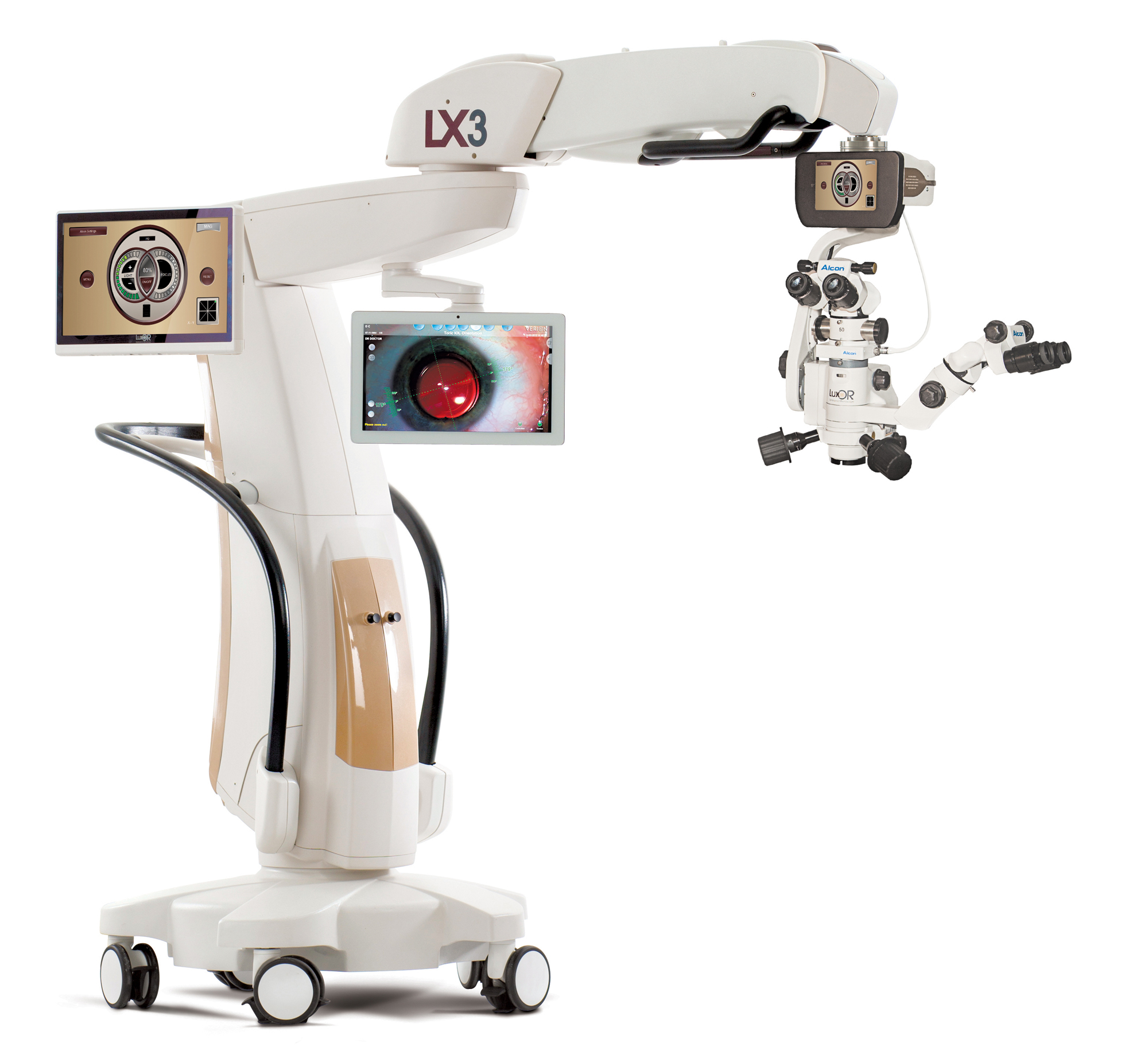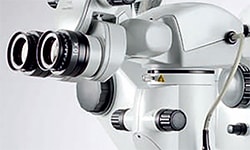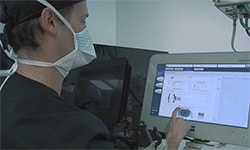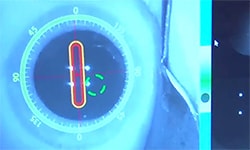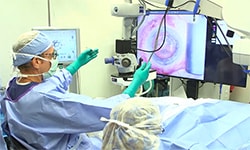Editorially Independent Content
The LuxOR Ophthalmic Microscope is part of The Cataract Refractive Suite by Alcon. The LuxOR scope gives really nice visualization, almost as good as the Zeiss Lumera scope, and great depth of field.
At our practice, Harvard Eye Associates in Orange County, California, we’ve had the Alcon LuxOR Ophthalmic Microscope for several months now. We use it primarily for cataract surgery.
Prior to acquiring it, we evaluated a variety of microscopes, including the Zeiss Lumera scopes, which in our experience probably had the very best image quality. But what swayed us toward the LuxOR system was its combination of price and image quality.
BETTER VISUALIZATION
When we first contemplated investing in new microscopes, I was one of the naysayers. We had some nice old Leica microscopes that I was quite happy to continue with, but I have to admit that the optics of this new technology have changed my mind.
Initially, I viewed getting a new microscope as an investment in something that would give me a better view, but it wouldn’t make me any faster in surgery or enable me to do any procedure I couldn’t do before.
In fact, I didn’t fully appreciate how this better imaging allows challenging cases to be completed much more easily; how much better you can see at an early stage that you are getting into trouble; and if you are potentially in trouble, how much more easily you can get yourself out of trouble.
I haven’t had any real challenges with it yet. But it’s almost as though you have a tendency to see too much. For example, you can see lens epithelial cells that you want to go after and clean up and at some point you have to say enough is enough. Just because I can make it more perfect, I’m not necessarily doing the patient any favors by doing so.
ERGONOMIC FEATURES
Because it’s based upon the image and lighting techniques of the old Endure system, which we liked a lot, it gives us very high contrast and much better visualization than we had before.
So I’m able to work from my same comfortable place, just with a much better view of surgery. This microscope system is also highly adjustable. We do a fair number of iStents and this system’s got the capacity to tilt the scope quite a lot. You don’t need to tilt it a great deal but it’s got more range of motion than any other scope I’ve used before.
In my practice, I do a fair amount of pterygium surgery and I love the fact that I can easily turn off the red reflex feature and have a fairly high amount of light without it being bothersome to the patient.
I also love the fact that I can adjust the light intensity with my foot pedal. I can turn it on or off, and I’ve got greater control of the X, Y and Z as well as zoom.
So it’s a nice scope. While getting used to new equipment always takes some adjustment, it didn’t really take that long to adjust to this one.
WORTHWHILE INVESTMENT
Having a microscope that has better optics gives us a better ability to do surgery. So while I had no complaints with my old microscopes, having better contrast and a better ability to see things like the capsulorhexis edge and fine details on the posterior capsule make me a more capable surgeon.
For surgeons who are thinking about investing in a new microscope, or hesitant to do so, I have to say, this one is certainly very competitive. We felt it offered great image quality without the very high price of the top of the line scope. You could argue that its quality makes it a top of the line scope, but its pricing made it much more affordable for us.
It’s like investing in better vision. You’re doing it for yourself as the surgeon so you can deliver better vision to your patients.
